The rise and rise of ARM
ARM is a British success story, but where did it come from and where is it going? Mike Jennings talks with the company's execs to find out...

There are few great British tech success stories. ARM, however, is undoubtedly one of them, so much so you'd be forgiven for thinking it came from auspicious beginnings. But you'd be wrong.
"Acorn was a company that kept failing. We were used to having great products that went nowhere," said current president Tudor Brown. It hardly sounds like the launchpad for a company that turned over 410 million in 2010, but for Brown, and 11 others, that was the situation which led to the creation of ARM in 1990.
The 2000-strong Cambridge firm is now one of Britain's biggest tech success stories, but you're unlikely to have heard of ARM unless you pay attention to smartphone specifications. It's made millions from its unique business model: designing mobile processors, licensing them to manufacturers and watching them take over the world.
From small acorns
ARM traces its origins to the days of the wildly successful, Wozniak-designed Apple II. At the same time Acorn Computers had the BBC Micro. Yet both Apple and Acorn realised they needed to develop successors.
It's very easy in hindsight to think of it as a glorious new start-up.
Apple used a Motorola chip inside its next PC, the Lisa, but Acorn decided there were no adequate processors on the market. With that in mind, and with a fair share of confidence, Acorn started a project to build its own in 1983. It would become the Acorn Risc Machine, or ARM.
Sign up today and you will receive a free copy of our Future Focus 2025 report - the leading guidance on AI, cybersecurity and other IT challenges as per 700+ senior executives
By 1985, the team - which also included fellow founder John Biggs - had working silicon: a chip consisting of 25,000 transistors running at 6MHz. Despite this early success, the development proved too expensive for Acorn: "Acorn desperately wanted rid of us and we felt desperately unloved," said Biggs.
Ironically, the firm's main competition, Apple, saved the day. "Apple came to Acorn and wanted to build a product on our technology," Brown said. The idea of a joint venture was spawned. Brown, Biggs and a dozen eager engineers - financed partially by Apple, and with help from circuit board manufacturer VLSI Technologies - got to work.
ARM Holdings was formed on 27 November 1990 with the goal of "taking the technology and making it commercially successful," according to Brown. But the firm's early excitement was pervaded by a sense of trepidation. "We were free from Acorn, our own masters, and we respected each other - it was very much a case of let's give it our best shot,'" says Brown. "It's very easy in hindsight to think of it as a glorious new start-up," Biggs added.
That "best shot" helped ARM create its first successful silicon - the chip that powered the Apple Newton. "It was the world's first PDA and it's the forerunner of what's become the iPhone today," Brown said.
The Newton was something of a commercial flop. Brown says its relative failure meant ARM had "very little presence within Apple" after its launch. Nonetheless, it helped the embryonic chip designer get a foot in the door.
Fast-forward to 1994, and the firm introduced a product both Brown and Biggs agree was one of ARM's most important: ARM7TDMI. It was "the genesis of all mobile phones," according to Brown, and has been a phenomenal success. Motorola, Nokia and Texas Instruments were three early customers but even today the product still accounts for a third of the company's shipments.
Despite the fact the company was still working out of a building affectionately dubbed "The Barn" (see below for picture from ARM), the launch of ARM7TDMI coincided with a burst of stratospheric growth.
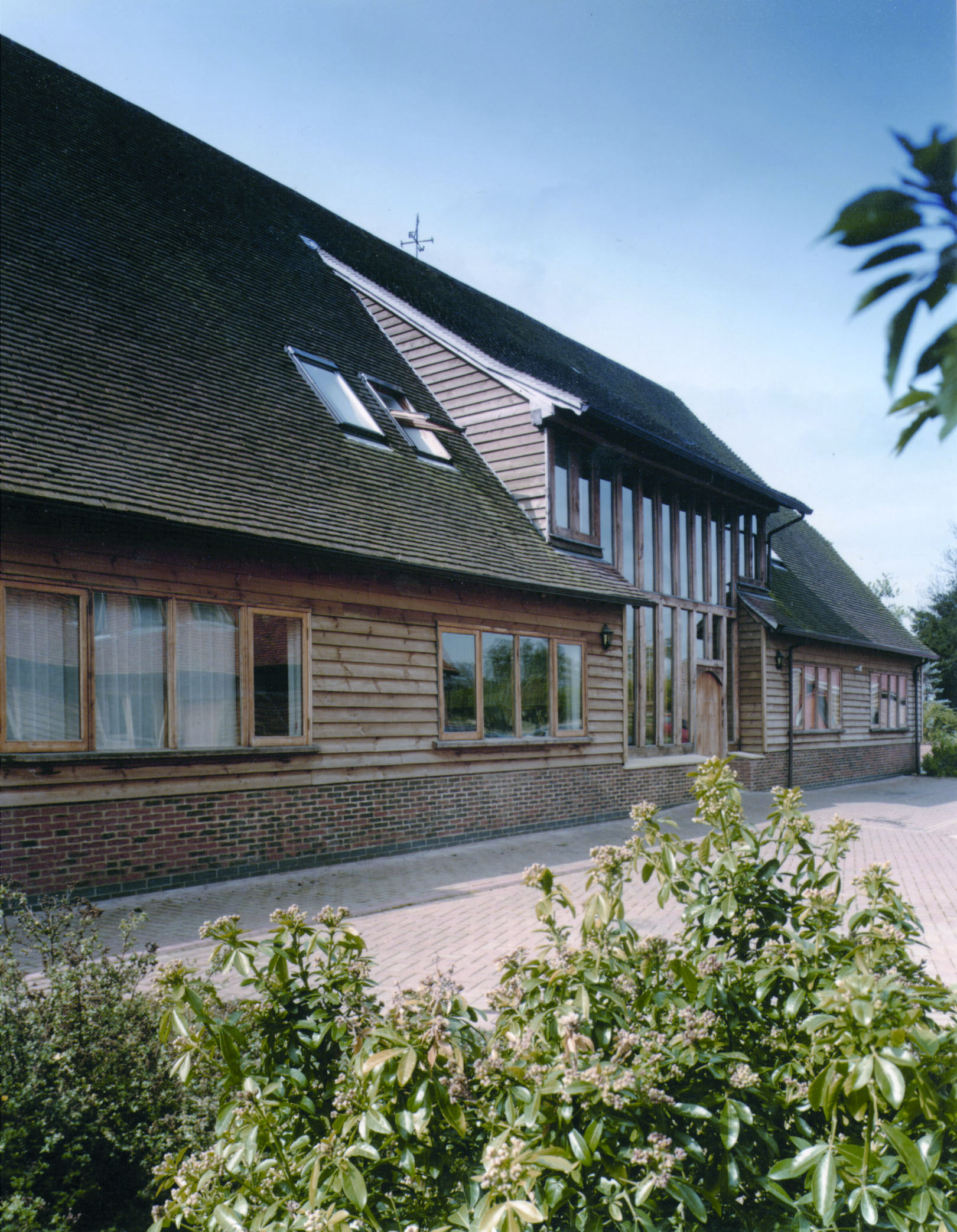
It was when ARM's current executive vice president of marketing, Lance Howarth, joined. "I'm employee number 47, but by the end of that year we'd got 87. We had desks in corridors, and our whole lives revolved around the company."
Mike Jennings has worked as a technology journalist for more than a decade and has been fascinated by computers since childhood, when he spent far too long building terrible websites. He loves desktop PCs, components, laptops and anything to do with the latest hardware.
Mike worked as a staff writer at PC Pro magazine in London for seven years, and during that time wrote for a variety of other tech titles, including Custom PC, Micro Mart and Computer Shopper. Since 2013, he’s been a freelance tech writer, and writes regularly for titles like Wired, TechRadar, Stuff, TechSpot, IT Pro, TrustedReviews and TechAdvisor. He still loves tech and covers everything from the latest business hardware and software to high-end gaming gear, and you’ll find him on plenty of sites writing reviews, features and guides on a vast range of topics.
You can email Mike at mike@mike-jennings.net, or find him on Twitter at @mikejjennings
-
 Arm launches cloud-based IoT platform
Arm launches cloud-based IoT platformNews The company is hoping to reduce the time it takes developers to get their products to market and lower the costs involved
-
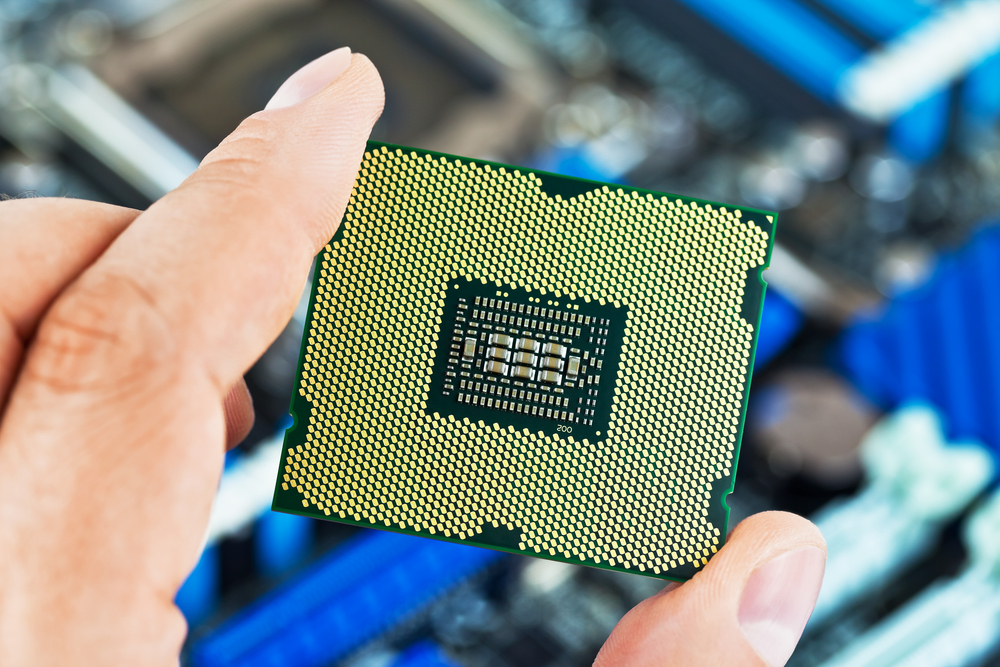 Arm launches its first new chip architecture in a decade
Arm launches its first new chip architecture in a decadeNews Arm v9 promises improved security, better AI performance, and double-digit CPU performance increases
-
 Nvidia is officially buying Arm for $40 billion
Nvidia is officially buying Arm for $40 billionNews Arm co-founder slams the deal as an "absolute disaster for Cambridge, the UK and Europe"
-
 IBM and ARM collaborate on IoT Starter Kit
IBM and ARM collaborate on IoT Starter KitNews The tie-up will offer businesses a means to develop prototypes of new smart devices
-
 ARM buys Internet of Things security company Offspark
ARM buys Internet of Things security company OffsparkNews The collaboration will help ARM build its IoT platform, scheduled to launch later this year
-
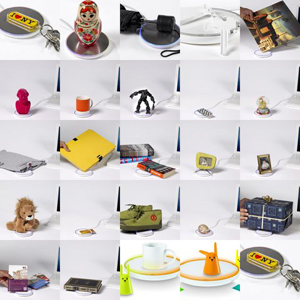 ARM unveils mbed OS for Internet of Things
ARM unveils mbed OS for Internet of ThingsNews Free OS could help developers speed up IoT products and devices, it is hoped
-
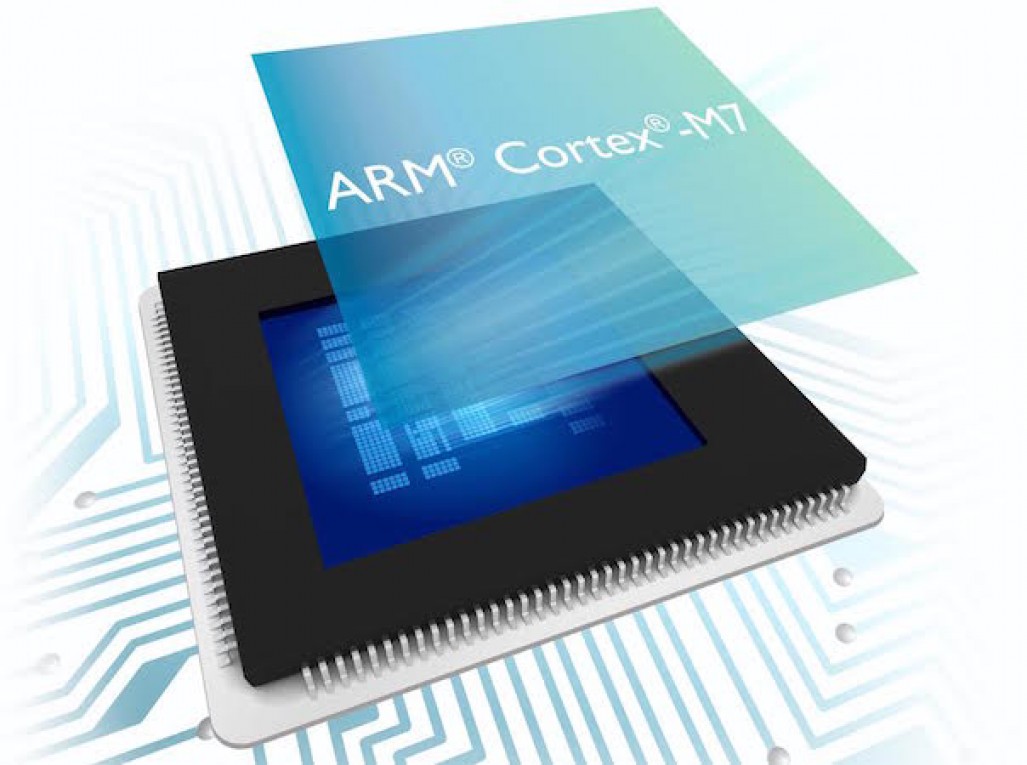 ARM launches chip to power Internet of Things devices
ARM launches chip to power Internet of Things devicesNews Cortex-M7 processor comes with double the compute power, aimed at next generation of smart devices
-
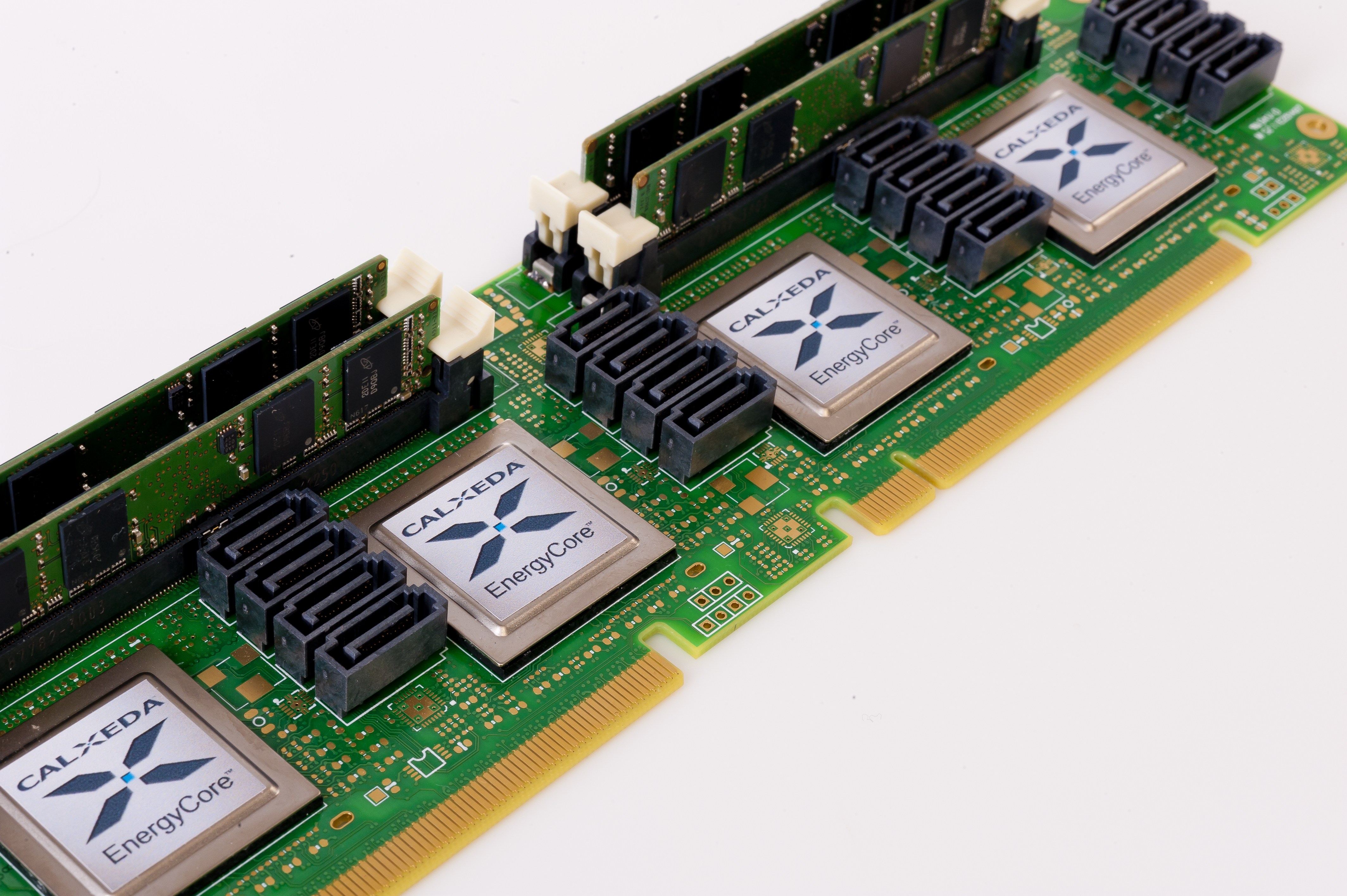 ARM server chip crew Calxeda 'shutting down'
ARM server chip crew Calxeda 'shutting down'News Calxeda runs out of money despite apparent industry interest in ARM servers.


